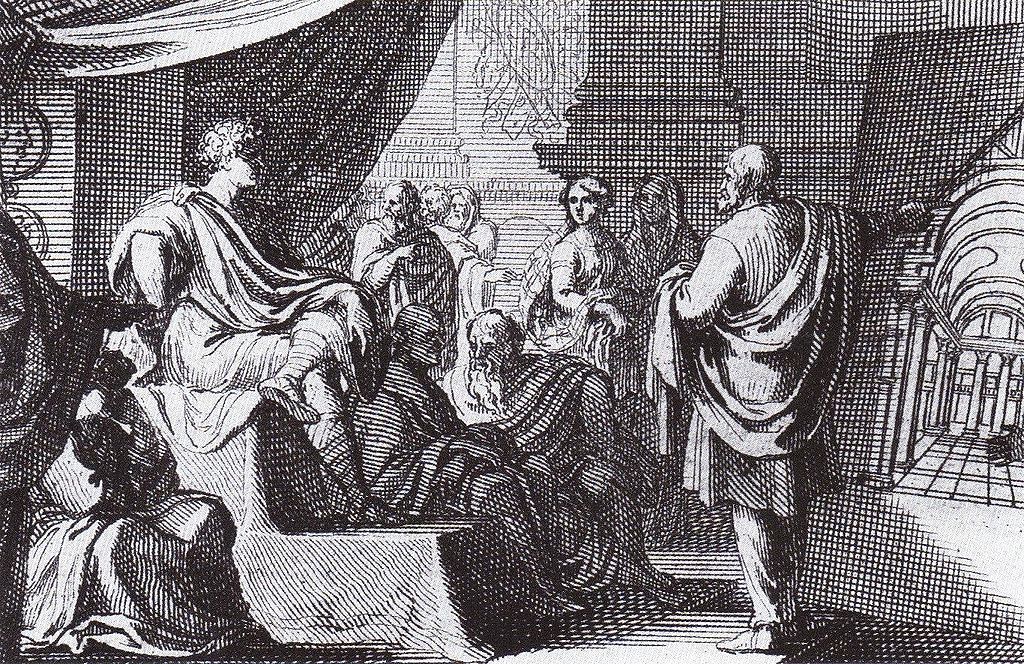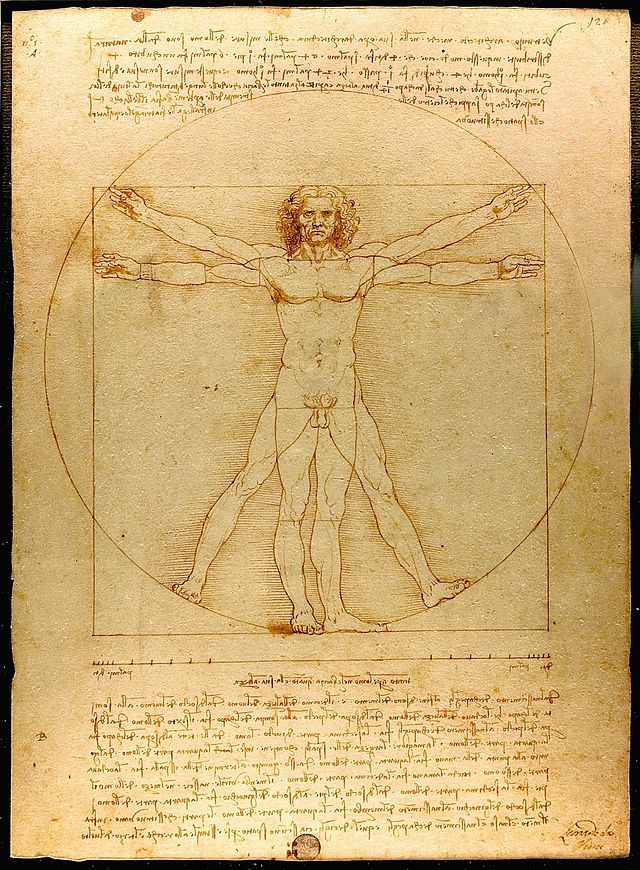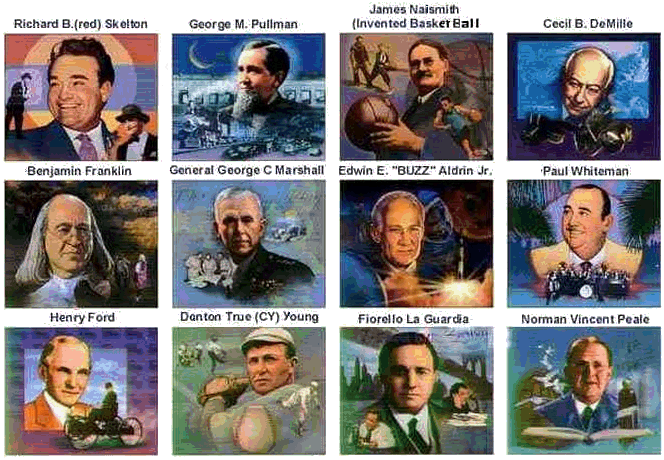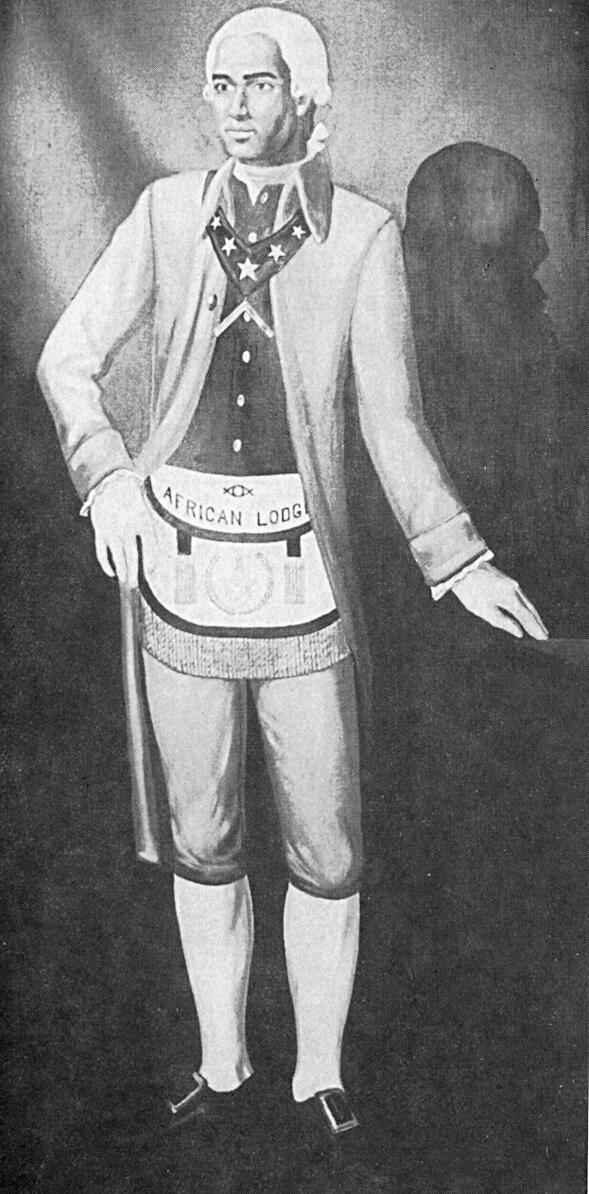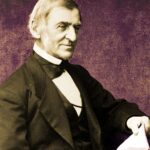The first freemasons from the East were some of the greatest architects in the world. They not only built many of the Cretan, Greek 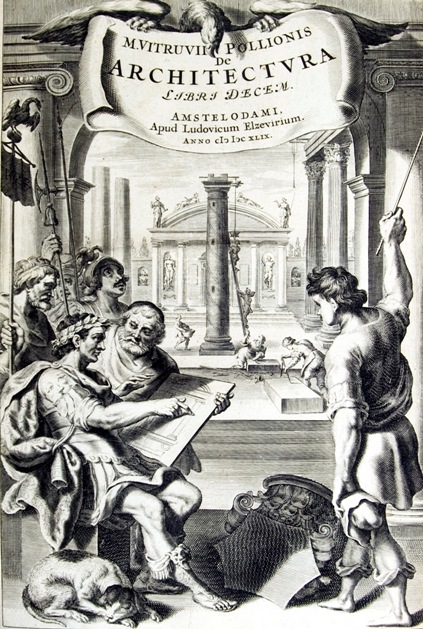 and Egyptian structures and monuments of the Eastern and Mediterranean empires, but they would also bring their building skills to the aid of the Romans.
and Egyptian structures and monuments of the Eastern and Mediterranean empires, but they would also bring their building skills to the aid of the Romans.
In addition to being the first true freemasons of Rome, they also brought their secret religions and rites that would be incorporated into the Roman Empire from the time of Julius and Augustus Caesar until this very day. This is why many of them were called freemen or were given special tax free status under many of the Roman emperors, and why the Latin term phrygian which means freemen later morphed into freemasons.
This was the time, when under Julius and Augustus Caesar, that we can say the first Greco-Egyptian or Jewish freemasons had flourished under the rule of their Roman masters. They were protected under Julius Caesar who had commissioned these Jewish operative freemasons to build Roman temples and establish synagogues. They were admitted into the colleges of constructors, and these first Roman-Jews had instructed the Romans with their knowledge of the secret mystery religions of the East.
Later, during the 7th centuries forward, they would help the Roman church build churches all around the world and enjoy freemen status as freemasons to travel freely, when most people or slaves simply were not allowed the same freedoms.
These colleges of architects, or magistri were sent by the Caesars into the lands they had conquered in order to build magnificent monuments and temples to impress upon their new subjects the elevated arts and sciences the Romans possessed. Their goal was to leave an impression upon the people, that even though they had been subjugated, they will have a better life under Roman rule.
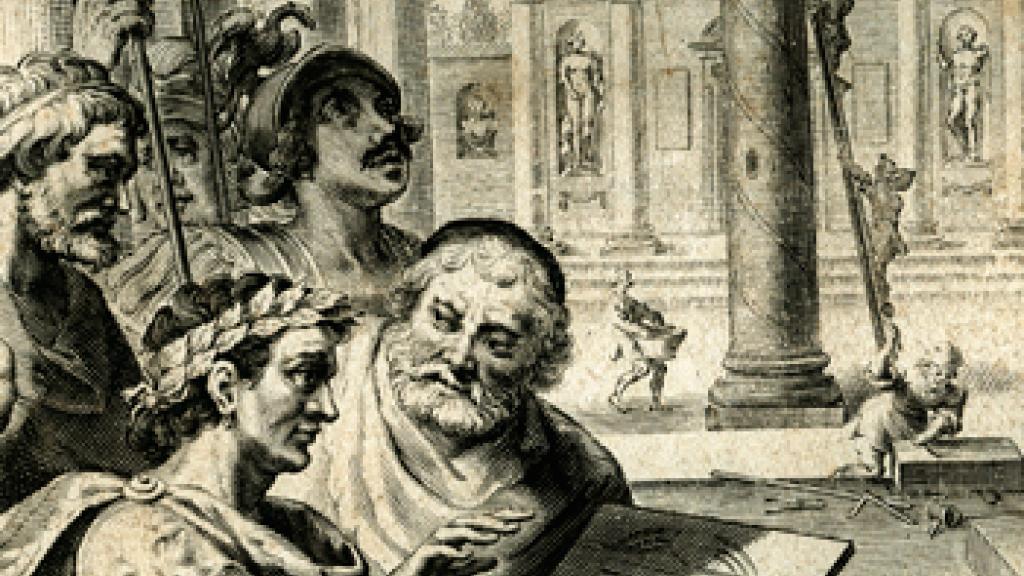 They not only built massive stone structures, but many of them were prolific writers who became celebrated for their great work. One of these freemasons or master builders was the celebrated architect and author, Vitruvius Pollio (born c. 80–70 BC, died after c. 15 BC) whose writings were compiled into a multi-volume work entitled De Architectura (known today as The Ten Books on Architecture), which were dedicated to Augustus Caesar, and translated into all languages.
They not only built massive stone structures, but many of them were prolific writers who became celebrated for their great work. One of these freemasons or master builders was the celebrated architect and author, Vitruvius Pollio (born c. 80–70 BC, died after c. 15 BC) whose writings were compiled into a multi-volume work entitled De Architectura (known today as The Ten Books on Architecture), which were dedicated to Augustus Caesar, and translated into all languages.
He is often called the Father of Architecture. Virtruvius’ depicts the humanitarian doctrines which go hand in hand with the material objects of the Fraternity, and which, enveloped in allegories and illustrated by symbols, formed the basis of the teachings of these colleges.(wikipedia)
Augustus had sponsored Vitruvius, entitling him with what may have been a pension to guarantee financial independence. Hence, Vitruvius Pollio was one of the first true freemen and freemasons to one of the first Pontifex Maximus’ of the 6th Age.
Here is a depiction of Vitruvius (right) presenting De Architectura to Augustus Caesar.
An interesting note, is that in this book, De Architectura, Vitruvius says that he dedicated his book to Augustus whom succeeded to the Empire which descended from his father Julius. Hence, Vitruvius claims that Augustus was the son of Julius Caesar and with this statement I agree. Based on my research and Gnosis, Augustus was not the nephew of Julius, but his real son, and his mother would be no other than the Egyptian princess known as Cleopatra. Hence, the East meets the West with Augustus who becomes the only begotten son of both empires and cornerstone of a new age.
Vitruvius is the first freemason who gave rise to the famous Vitruvian Man who was later drawn by Leonardo da Vinci: the human body inscribed in the circle and the square (the fundamental geometric patterns of the cosmic order). Da Vinci based the drawing on Vitruvius’ Book III of his treatise De Architectura, where he describes the perfect human proportions in relation with geometry.
Under the Roman Emperor Tiberius, these freemasons erected an arch of triumph in honor of his brother Claudius Drusus, and another in honor of Augustus. These ancient freemasons whose ancestors had come from Crete were also commissioned to help build Roman cities on that island such as Pergamus, Nicomedia, Mylassa, Pouzzolca, Pola, and Cesarea which were built in honor of Augustus.
Caesaria was the main capital of Crete under the leadership of Rome whose bishops had resided there. The governors of the neighboring Judea of Mount Ida had resided at Caesarea. This was also the city where the father of church history, and Roman historian of Greek descent, Eusebius was made bishop.
The historical portion of the Constitutions of York by the Grand Lodge in 926, both Pythagoras, and Marcus Vitruvius Pollio are called patrons of the Order.

Moe is the founder of GnosticWarrior.com. He is a father, husband, author, martial arts black belt, and an expert in Gnosticism, the occult, and esotericism.

